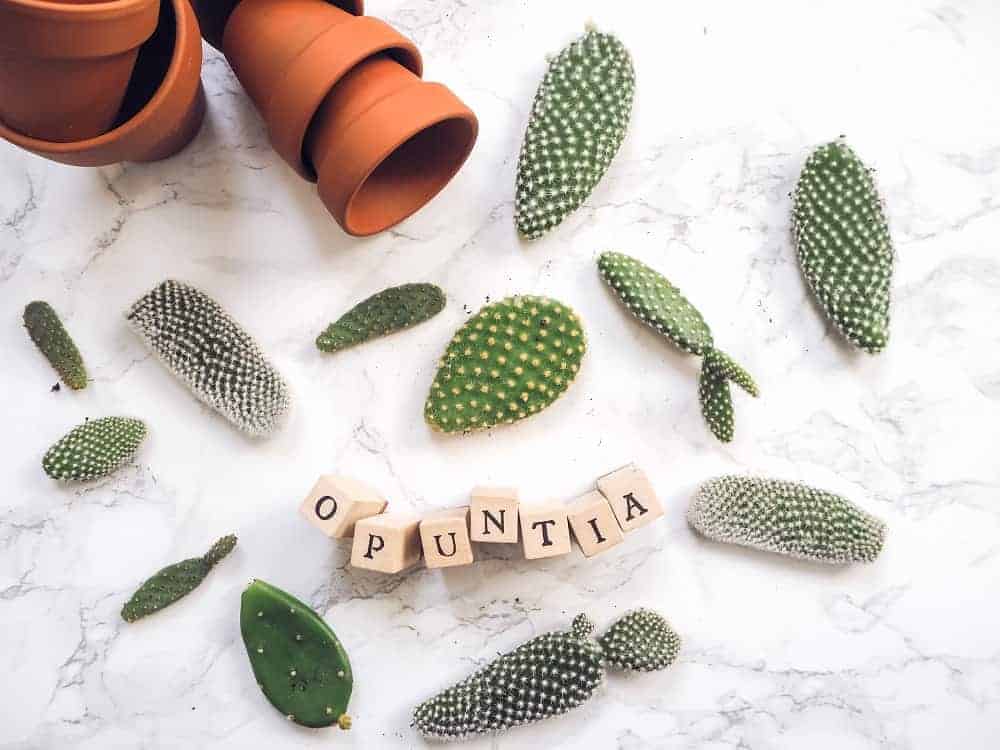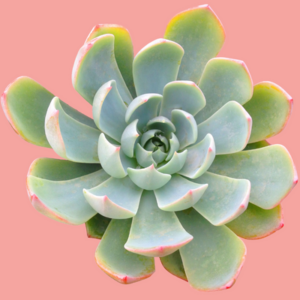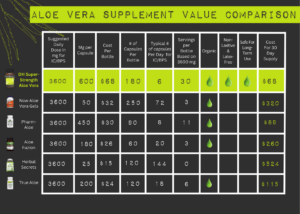The transformative journey of cultivating cacti from seeds offers a unique intersection between horticulture and patient anticipation. Propagating cacti not only enchants gardening enthusiasts but also invokes a sense of wonder at nature’s resilience. By understanding the intricacies involved, anyone can successfully embark on this rewarding endeavor. This guide delves deeply into the process of propagation, ensuring that each stage is methodically covered.
Understanding the Seeds: The Essence of Propagation
Cactus seeds are not just tiny flecks of potential; they are capsules of life filled with the promise of diverse shapes, sizes, and vibrant colors. A single cactus fruit can contain hundreds of seeds, each carrying genetic material that tells the story of its lineage. The fascination with propagating cacti often begins with an appreciation for these botanical marvels.
Under the right conditions, cactus seeds can germinate into thriving plants that reflect the unique characteristics of their parent species. The process requires patience and an understanding of their specific needs. Successful propagation hinges on three vital factors: temperature, moisture, and light. Each seed variety may have unique germination requirements, often determined by the climate and environment from which they originate.
A Deeper Look at Seed Selection
Choosing the right seeds is the first critical step in the propagation process. While many gardeners might opt for commercially available seeds, exploring local species or those collected directly from mature cacti can be more rewarding. Local seeds often adapt better to the environment they are grown in, ensuring higher success rates.
Seeds should be viable, which means they were harvested during the peak ripeness of the fruit and properly dried before storage. It’s essential to ensure that they are free from mold and other fungal threats that can jeopardize their life cycle. Furthermore, research should focus on the specific varieties desired for cultivation. Some may exhibit rapid growth, while others require more attentive care, and understanding these differences is key to a fulfilling propagation experience.
Creating the Ideal Germination Environment
Once the right seeds are selected, setting up a conducive environment for germination becomes paramount. A well-draining soil mix that mimics the natural desert habitat of cacti is advisable. A popular option is a combination of potting soil, sand, and perlite. This blend ensures that moisture does not linger, which may foster rot — an insidious threat to newly sprouted seeds.
The temperature plays a crucial role throughout the germination phase. Most cactus seeds prefer temperatures ranging from 70°F to 85°F (21°C to 29°C). Utilizing a heat mat can help maintain these conditions, especially in cooler climates. Moreover, utilizing clear plastic containers or seedling trays can aid in maintaining humidity levels while allowing light penetration, which is vital for photosynthesis.
Watering Techniques: Striking the Balance
Watering has long been a source of confusion for novice gardeners. Cacti, being drought-resistant, require a delicate balance of moisture. After sowing, the seeds should be lightly misted with water to ensure that the soil is evenly moist but not saturated. Overwatering can quickly lead to fungal problems, while underwatering may impede germination efforts altogether. A spray bottle can be an excellent tool for ensuring precise moisture application.
Once the seedlings emerge, they should be monitored closely. The first signs of growth, typically small green tufts, are a cause for excitement. This stage calls for a transition in watering habits — reducing frequency while maintaining humidity. Allowing the surface of the soil to dry out between waterings encourages the roots to establish themselves deeper in search of moisture.
The Light Factor: Sunlight vs. Shadow
The right amount of light can significantly influence the growth rate and health of cactus seedlings. Upon germination, direct sunlight can be harsh and may scorch delicate young plants. A bright, indirect light source is ideal during the initial stages of growth. After a few weeks, gradually acclimating them to more direct light conditions can be beneficial, as cacti inherently thrive in sunlight.
Understanding the Transplanting Process
After several weeks, when the seedlings develop their first set of true leaves, the time has come for potting on, or transplanting. This step must be approached with care, as the roots are still fragile. Using small pots with adequate drainage will help the young cacti adjust to new conditions without significant stress.
When transplanting, handle the seedlings by their leaves rather than the stem to minimize damage. Introducing them into a new medium offers another opportunity to enrich their growing environment. Use a soil mixture that incorporates more perlite and sand to create even better drainage.
Patience and Care: The Essence of Cultivation
The path from seed to mature cactus is often long and fraught with challenges. Each stage requires vigilance, with an emphasis on gradual acclimatization to outdoor conditions if eventual outdoor planting is intended. Fertilization, though not necessary for the first year, can begin once the cacti reach a size where they can benefit from nutrients. Choosing a diluted cactus fertilizer during the growing season will support optimal development.
Consulting resources and joining local gardening communities can enhance knowledge and provide a support network, ultimately resulting in a more fulfilling propagation journey. Throughout this process, the sense of wonder at watching the plants grow and thrive remains the most profound reward. Propagating cacti from seeds may require time and diligence, but the results celebrate the beauty of nature and the joys of nurturing life.





Leave a Comment